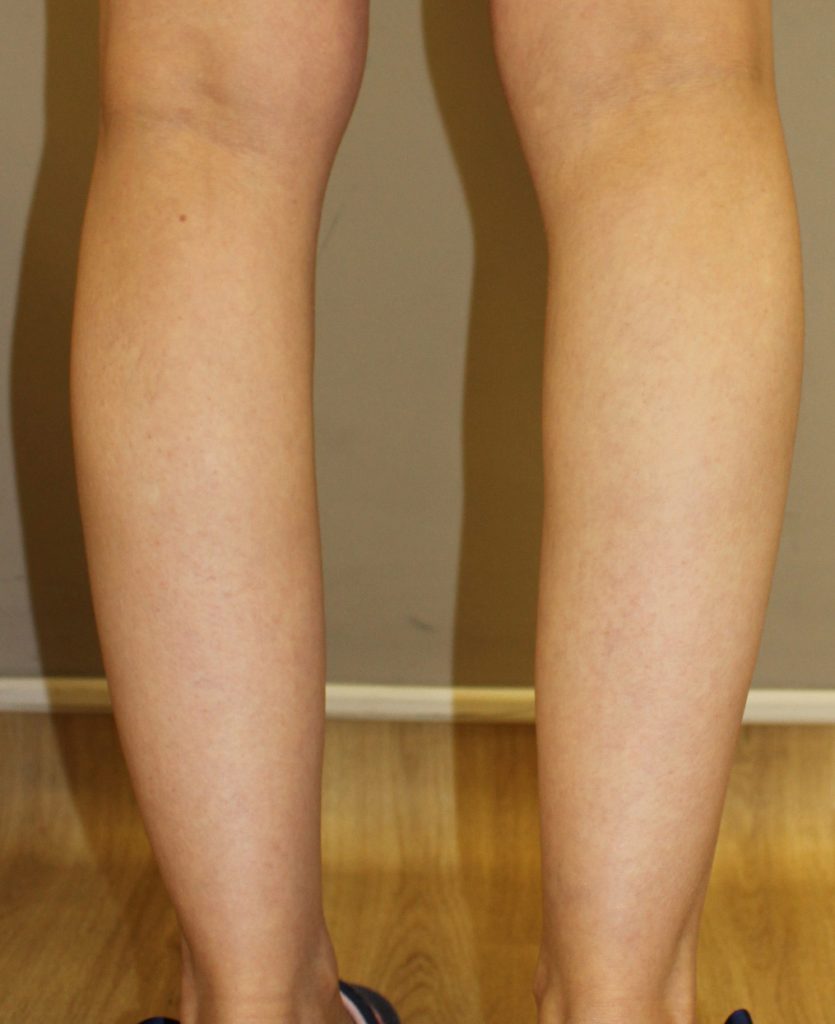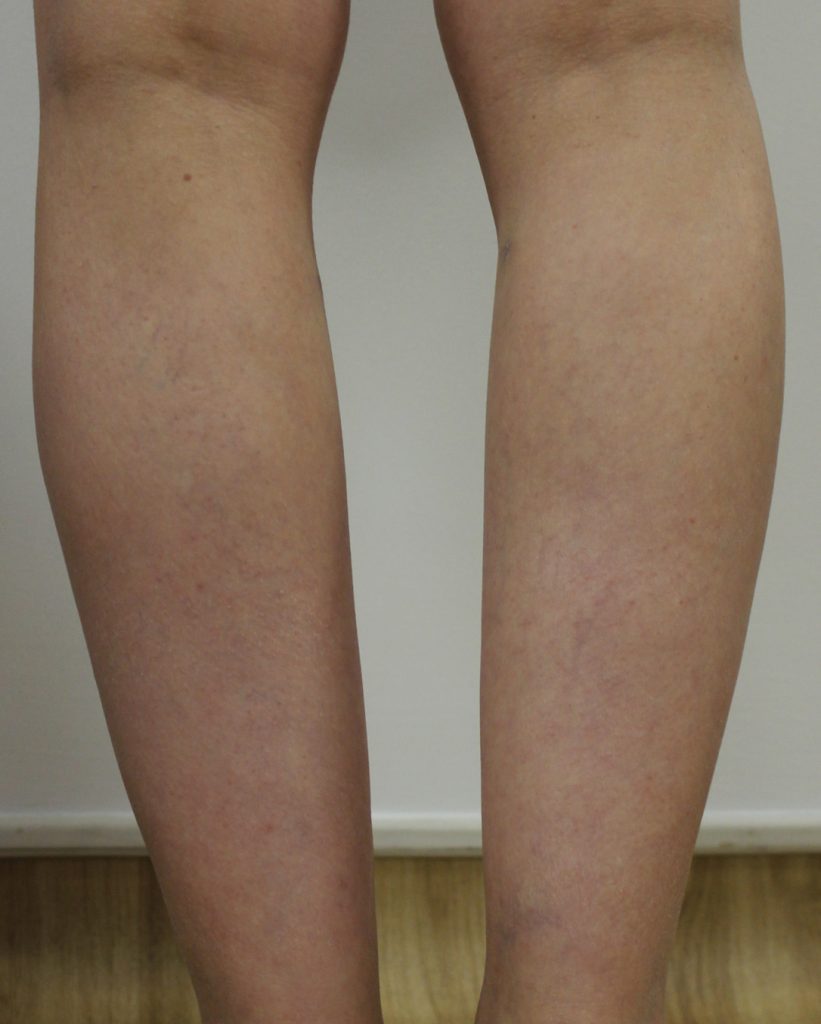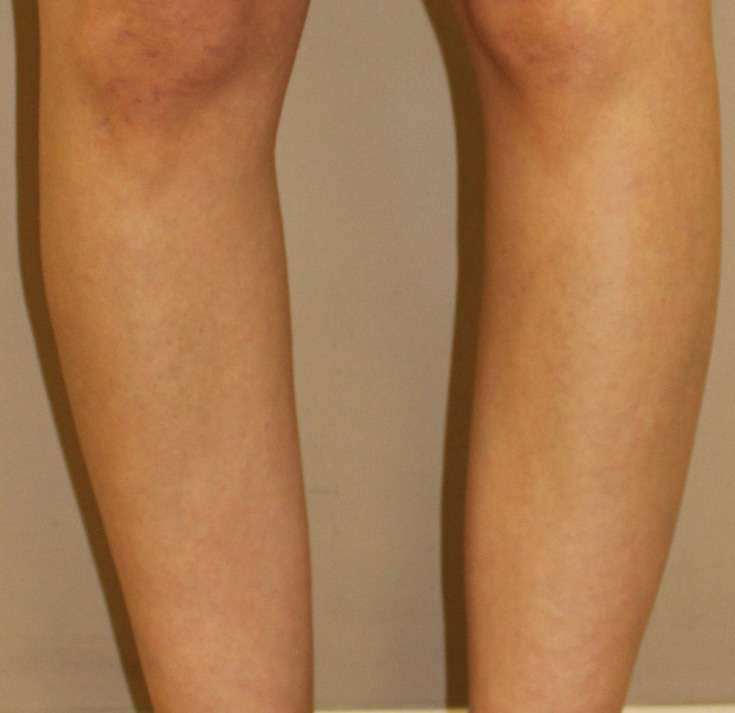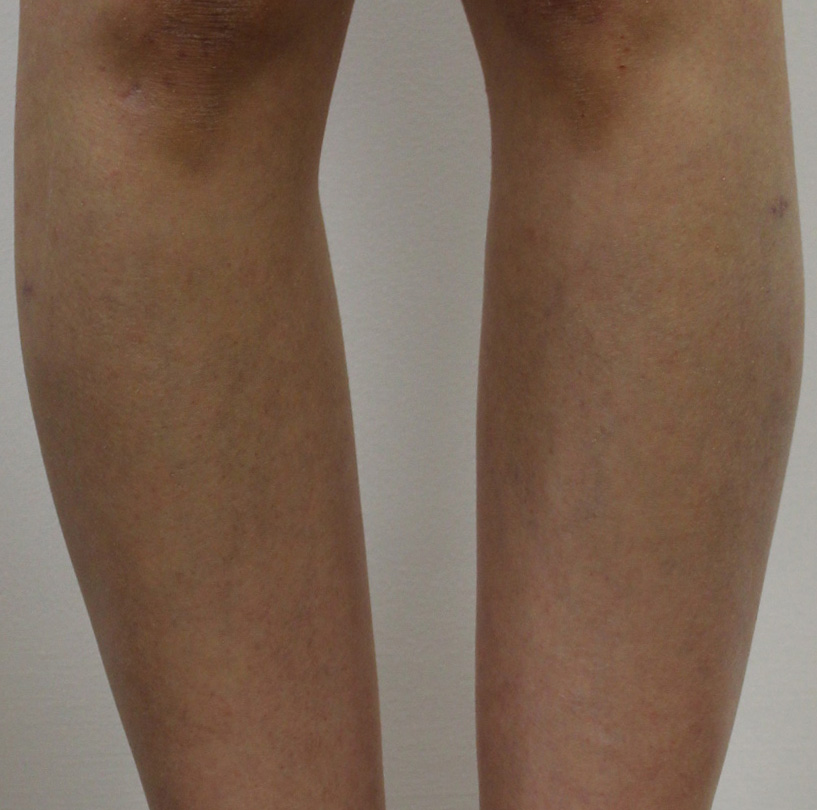Calf Augmentation & Implants
Sometimes also referred to as a calf enlargement. Calf augmentation is a procedure which aims to improve the size and aesthetic appearance of the calf area.
What are Calf Implants?
Birth defects or physical ailments later in life can result in reduced muscle definition in the calf, which is then impossible to gain or regain via natural exercise. A calf implant can be ideal for those who wish to improve the appearance of this area, by increasing the bulk or proportions of the calf in relation to the rest of the body (typically, the thigh area).
Case Studies
The Calf Augmentation Consultation
The consultation for calf augmentation is done in order to ensure your overall suitability for the procedure. As such, it is vitally important that you are upfront and honest during the meeting. Both about your current health and the expectations that you have entering into the procedure. Poor health, unrealistic expectations or the revelation that a third party told you to improve the contour of your body may make you ineligible for surgery.
As this is often a corrective surgery, it is unlikely that you may require any additional procedures or treatments at this time.
The UK Aesthetic consultation will ensure you are receiving the best procedure to achieve your contour goals. We will also provide a full cost breakdown at this stage.
Pre-Surgery Preparation
During the calf implant surgery, you will be put under a general anaesthetic. As such, any feelings of illness or signs of being unwell prior to your calf augmentation should be reported to your surgical team. Your surgery will be rescheduled. Our primary aim is for you to be both happy and healthy following surgery. So, we aim to avoid complications wherever possible.
Six weeks prior to your surgery you will also be required to stop smoking. Any aspirins, herbal supplements or anti-inflammatories should also be avoided in the days prior to surgery. You may also be required to undergo some pre-operative tests, but this will be fully discussed with you during your consultation.
What to Expect During Calf Implant Surgery
Prior to calf augmentation surgery, your calves will be measured in order to ensure the right implant size is used during the procedure. An incision will be made at the back of the knee, where a pocket between your muscle and tissue will be made in order to insert the implant. Once this is achieved, a silicone implant will be inserted and once secure the pocket and incision will be closed using invisible stitches.
The choice of implant for the surgery is between a foreign body in the form of a silicone implant or via autologous fat transfer using your own tissue. The choice depends on your desired outcome. As a silicone implant is more reliable for a defined, noticeable, increase. But, autologous fat transfer is the safer option which when repeated can improve appearance over time.
How Long is the Calf Augmentation Recovery?
The overall recovery period for calf augmentation surgery is anything between 2 to 8 weeks. In the first two weeks following surgery, you will be required to elevate your legs as much as possible in order to ensure healing. As such, you will need help when getting up to go to the bathroom, you will need to gradually work your way up to walking around the house in these first 2 weeks and you can expect to be stiff during this time.
A couple of weeks after the surgery, you can expect to begin walking normally again. Bruising will diminish, your scar will begin to heal and you should be able to return to normal activities after 8 weeks. Avoid strenuous leg activities such as running, riding a bike or lifting weights via your legs until this point.
Healing rates have a large impact on your recovery and can differ widely between patients, so these are just general guidelines.








